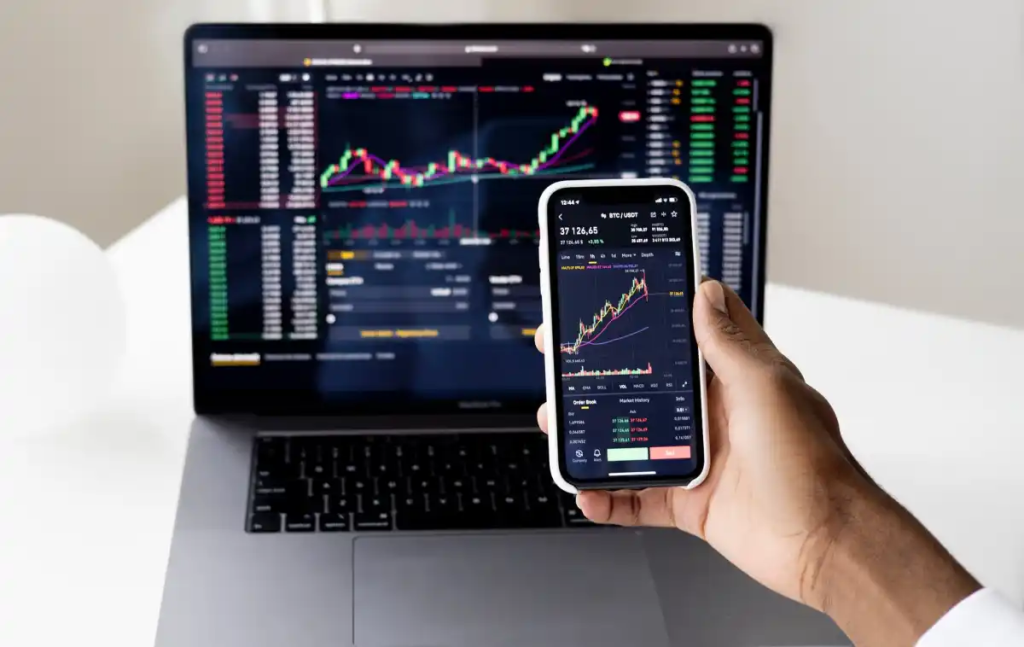
Success isn’t just about crunching numbers or spotting patterns—it’s equally about managing your own psychology. Even the most experienced traders are susceptible to cognitive biases that quietly influence their decision-making, often without them even realising it. These biases, rooted in how our brains are wired, can distort perceptions, cloud judgment, and ultimately lead to poor financial outcomes.
Whether you’re trading large volumes, managing complex portfolios, or simply navigating volatile markets, understanding the role of cognitive biases is crucial. By recognising them early and learning how to neutralise their effects, traders can maintain clarity, make more rational decisions, and protect their capital.
Common Cognitive Biases That Impact Traders
One of the most pervasive cognitive biases in trading is confirmation bias. This occurs when traders seek out or give more weight to information that confirms their existing beliefs, while ignoring contradictory data. For example, if you believe a stock is undervalued, you might overlook warning signs simply because you’re focused on data that supports your thesis.
To mitigate this, make it a habit to challenge your own assumptions. Actively seek out opposing viewpoints or conduct a “devil’s advocate” analysis of your trade ideas. This not only balances your perspective but also sharpens your risk assessment.
Loss Aversion
Loss aversion refers to the tendency to fear losses more than we value gains. In trading, this often manifests in holding onto losing positions for too long in the hope they’ll recover, while selling winning positions too early to “lock in” a gain.
This behaviour can skew portfolio performance over time. Using stop-loss orders and predetermined exit strategies can help counteract this bias by enforcing discipline even when emotions run high.
Overconfidence Bias
Traders who experience a streak of successful trades may begin to believe they possess an above-average ability to predict markets. This overconfidence can lead to excessive risk-taking, larger position sizes, and inadequate preparation for adverse outcomes.
To stay grounded, keep detailed records of your trades and regularly review your performance with an objective lens. A trading journal can reveal whether your wins stemmed from skill or luck, and help recalibrate your confidence.
Anchoring
Anchoring happens when traders fixate on a specific price point—often the entry price or a recent high—and use it as a benchmark for future decisions. This bias can prevent traders from objectively evaluating the current state of the market.
Instead of anchoring to arbitrary figures, base your decisions on evolving technical indicators, fundamental analysis, and overall market sentiment. Prices are dynamic, and your strategies should be too.
Herding Behaviour
In times of market stress or excitement, it’s easy to fall into the trap of herding—following the actions of other traders without conducting independent analysis. While it may feel safer to go with the crowd, it often leads to entering trades too late or exiting prematurely.
Cultivate the discipline to stick to your strategy, even when it diverges from the majority. Trust in your research, risk management protocols, and long-term objectives.
Emotional Triggers and Trading Psychology
Cognitive biases don’t operate in isolation—they’re often amplified by emotional responses like fear, greed, or regret. A sudden market drop can trigger panic selling, while a rapid rally might spark impulsive buying. These knee-jerk reactions, driven by emotional stimuli, frequently lead to suboptimal decisions.
To build resilience, incorporate mindfulness techniques, such as pausing before placing a trade, practicing breathing exercises, or reviewing your trading plan during moments of high tension. Developing emotional discipline is just as important as technical prowess in trading.
To get more info on how emotions can shape investment decisions and how to manage them effectively, check out some guides by pros.
Strategies to Neutralise Bias in Your Trading
Awareness is the first step toward minimising the impact of cognitive biases. But awareness alone isn’t enough—you need systems and routines that consistently reinforce rational decision-making. Here are a few strategies:
Develop a Structured Trading Plan
Having a well-defined plan reduces the likelihood of impulsive decisions. Your trading plan should outline entry and exit criteria, risk limits, position sizing rules, and contingency scenarios. When the market gets unpredictable, your plan serves as a stabilising force.
Use Checklists and Decision Journals
Before executing any trade, run through a checklist that challenges your assumptions and verifies your reasoning. Post-trade, jot down the rationale behind your decision and revisit it later. This practice not only improves accountability but also highlights recurring biases in your behaviour.
Embrace Automation and Objectivity
If certain trades or decisions are highly susceptible to emotional interference, consider automating them using trading bots or conditional orders. These tools remove the human element and ensure that trades are executed based on predefined criteria.
Conclusion
In high-stakes trading, success isn’t just about reading charts or reacting to news—it’s about mastering your mind. Cognitive biases are natural, but they don’t have to be fatal. When left unchecked, they can sabotage your performance. But when understood and managed, they offer a pathway to more mindful, strategic, and confident trading.
By building awareness, incorporating safeguards, and committing to constant self-reflection, you can transform biases from liabilities into opportunities for growth. In an environment where every decision counts, maintaining psychological clarity isn’t just an advantage—it’s a necessity.
